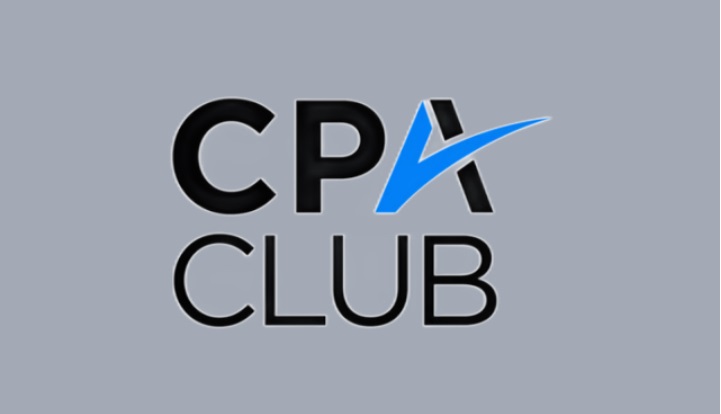When most CPAs set out to hang their own shingles, they purchase an existing practice, which gives them a client base right at the starting gate. I didn’t have this advantage. Instead, I built my tax practice one client at a time.
More than 30 years later, the most important lesson I’ve learned is that the best marketing tool, and the best way to grow your practice, is to go above and beyond. How have I come to define going above and beyond? Putting in the time and effort to forge a personal connection with each client—getting to know who they are; understanding their fears, dreams, and goals; and working with them to improve their overall financial situation. When you connect with a client on a personal and emotional level, and also find ways to help them save money and achieve their financial goals, chances are they’ll be a client for life.
What you don’t want to do is just shake hands, smile, and crank out the client’s tax return. Between February 1 and April 15, too many tax preparers are primarily concerned about getting returns out of their offices as quickly as possible. While this is understandable, the Tax Day deadline and high volume of tax returns can sometimes lead tax professionals to take shortcuts, and overlook opportunities within those returns to improve clients’ financial situations.
For example, in our practice, we always calculate what a client’s refund is without an IRA contribution, and what it could be with an IRA contribution. If you are filing taxes for a married couple, and both spouses contribute $6,000 into an IRA account, then they may generate a $12,000 tax deduction—and they could save as much as $6,000 in federal, state, and city taxes!
While this effort can slow down the process of completing tax returns, it is better over the long term for both your clients and your practice. If you save a married couple $6,000 in taxes, they will rave about you to their friends and relatives, which can expand your client base. Furthermore, opening an IRA for the married couple gives you an additional source of revenue on top of preparing and filing their tax returns.
Ensuring Your Advice is Implemented in a Tax-Efficient Manner
While a tax professional who goes the extra mile can encourage clients to reach out to their financial advisors, planners, and other wealth management providers to implement the advice they give, the latter may not know how to do so in the most tax-efficient way.
This was certainly my experience in the early days of my practice. In fact, my ambition to provide more for my clients than accounting and tax services, and my observation that local broker-dealers weren’t optimizing tax management for clients when they carried out the advice I gave, convinced me that the best way to truly help my clients, and enhance my practice, was to give and implement advice myself.
After obtaining my securities and insurance licenses, as well as my MBA in taxation, I joined the wealth management platform of HD Vest (now Avantax Wealth Management), and later earned my Certified Financial Planner® designation. After joining I was given access to cutting-edge software and tools to help ensure my clients are investing their money and conducting their finances in the most tax-efficient manner.
These technology applications help us determine different tax planning strategies we can implement for clients based on their tax-return information, as well as enable us to identify the most tax-efficient strategy for investing both their retirement and non-retirement accounts. By implementing an “asset allocation by location” strategy, I am able to maximize the client’s after-tax rate of return without any added risk. By definition, this allows me to create tax alpha for clients.
Tech like this empowers independent tax professionals to become tax-smart advisors. This advanced technology, along with software for streamlining and improving the tax-preparation process, enables us to optimize tax planning for clients at scale, without having to significantly expand our team.
Most financial advisors don’t possess these tools because they aren’t allowed to provide advice on taxes. Look at the disclaimer on any client communication from large asset and wealth management firms, and you’ll see something along the lines of: “For tax advice, seek out the services of a tax professional.”
This is why offering advice, and implementing it so that it optimizes tax savings, sets tax practices apart. There are tax-related consequences to every financial decision we make, and helping clients move forward in the most tax-smart fashion benefits them every single year. To lay the groundwork for scalable growth, while bringing more value to clients, tax professionals need to harness the technology and systematic approaches which empower them to become tax-smart advisors, instead of just tax-return preparers.
=====
John J. Vento, CPA, MBA, CFP® (https://www.ventocpa.com) owns John J. Vento, CPA, PC and Comprehensive Wealth Management Ltd. in New York City. He is an Avantax Wealth Management Advisor (https://www.avantaxwealthmanagement.com), and the author of “Financial Independence (Getting to Point X): A Comprehensive Tax-Smart Wealth Management Guide,” published by Wiley.
Thanks for reading CPA Practice Advisor!
Subscribe Already registered? Log In
Need more information? Read the FAQs
Tags: Firm Management, Technology




